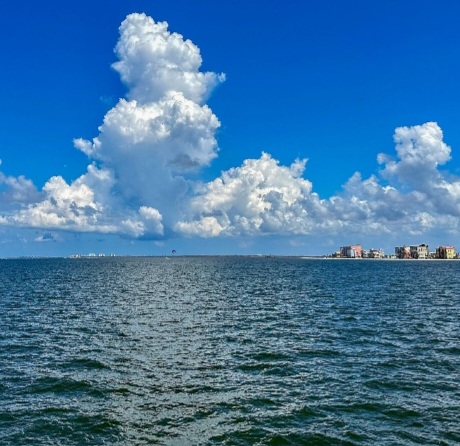On Monday, President Donald Trump signed an executive order requiring the federal government to rename the Gulf of Mexico to the “Gulf of America” on official maps, a process that could take months to implement and may not be reflected on digital maps immediately. Trump called the new name “beautiful” and “appropriate” during a news conference at Mar-a-Lago.
The Gulf of Mexico, named as early as the late 1600s, has had various names over the centuries, such as “Golfo de Nueva España” (Gulf of New Spain) and “Mar Di Florida” (Florida Sea). It is the ninth-largest body of water globally, covering over 615,000 square miles, bordered by the U.S., Mexico, and the Caribbean.
Renaming geographical locations in the U.S. falls under the authority of the U.S. Board on Geographic Names (BGN), which standardizes place names across federal agencies. However, such changes typically require consultation with states and other stakeholders, taking at least six months to finalize. The new name will only apply to U.S. federal documents, and other countries are not required to adopt it.
Although Florida’s Governor Ron DeSantis mentioned the “Gulf of America” in an emergency declaration, international bodies like the United Nations Group of Experts on Geographical Names do not mandate changes in other nations. Mexican President Claudia Sheinbaum Pardo humorously suggested renaming the U.S. as “Mexican America” in response.
Digital map services like Google Maps and Apple Maps had not yet updated the name as of Tuesday.
Changing place names can provoke emotional responses, as it alters historical and cultural identities tied to those names.
Trump’s order also includes renaming Mount Denali back to Mount McKinley, a move that reverses President Obama’s 2015 decision to honor the indigenous name.














